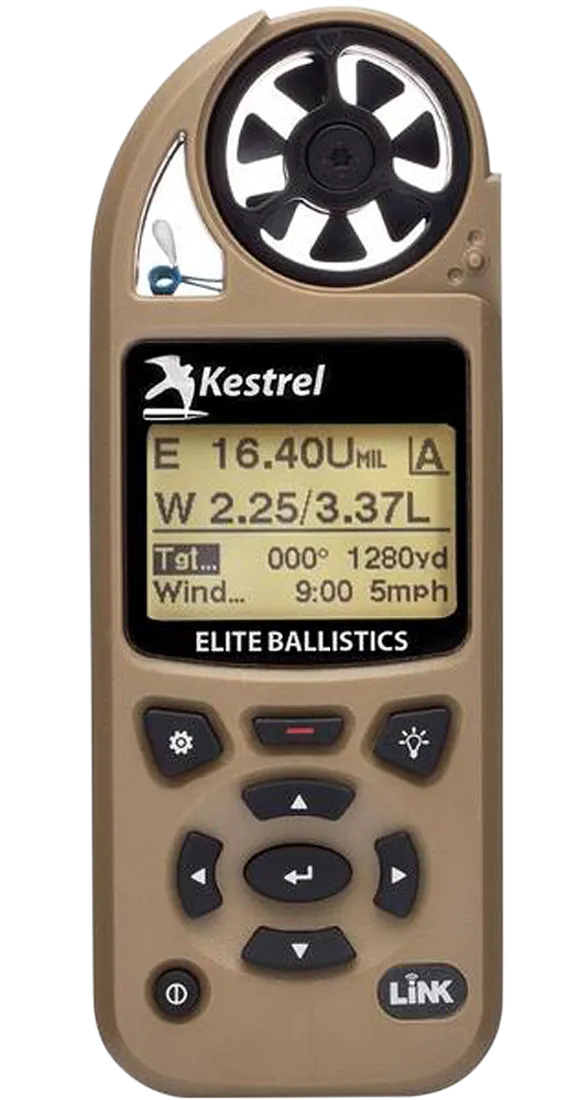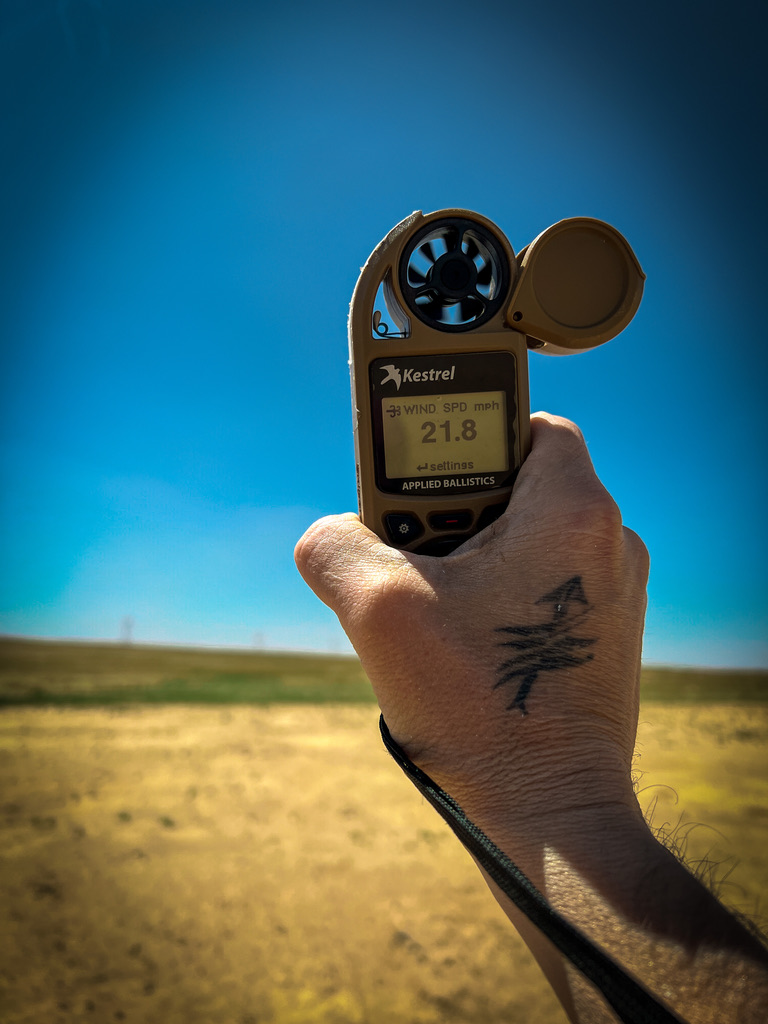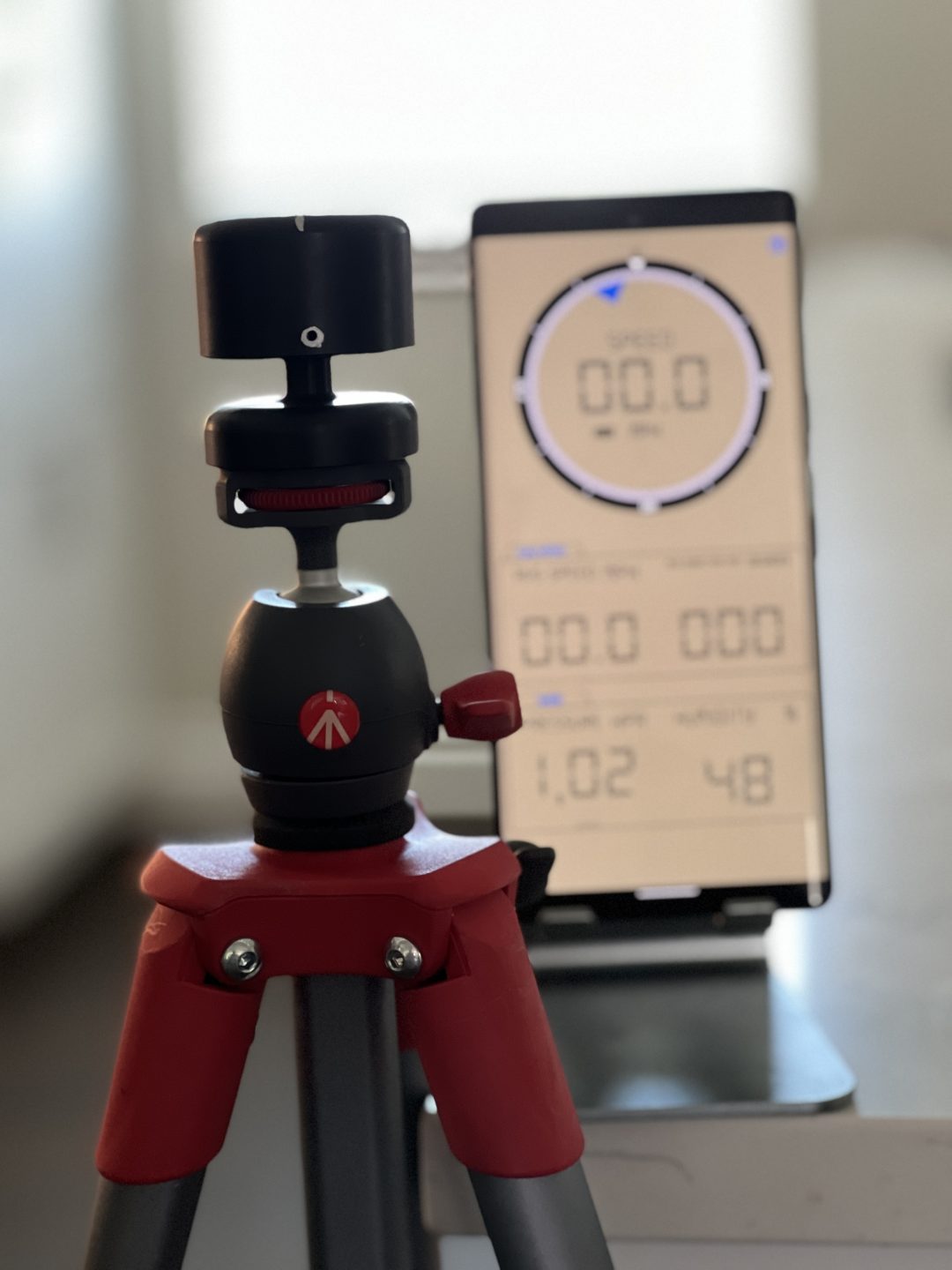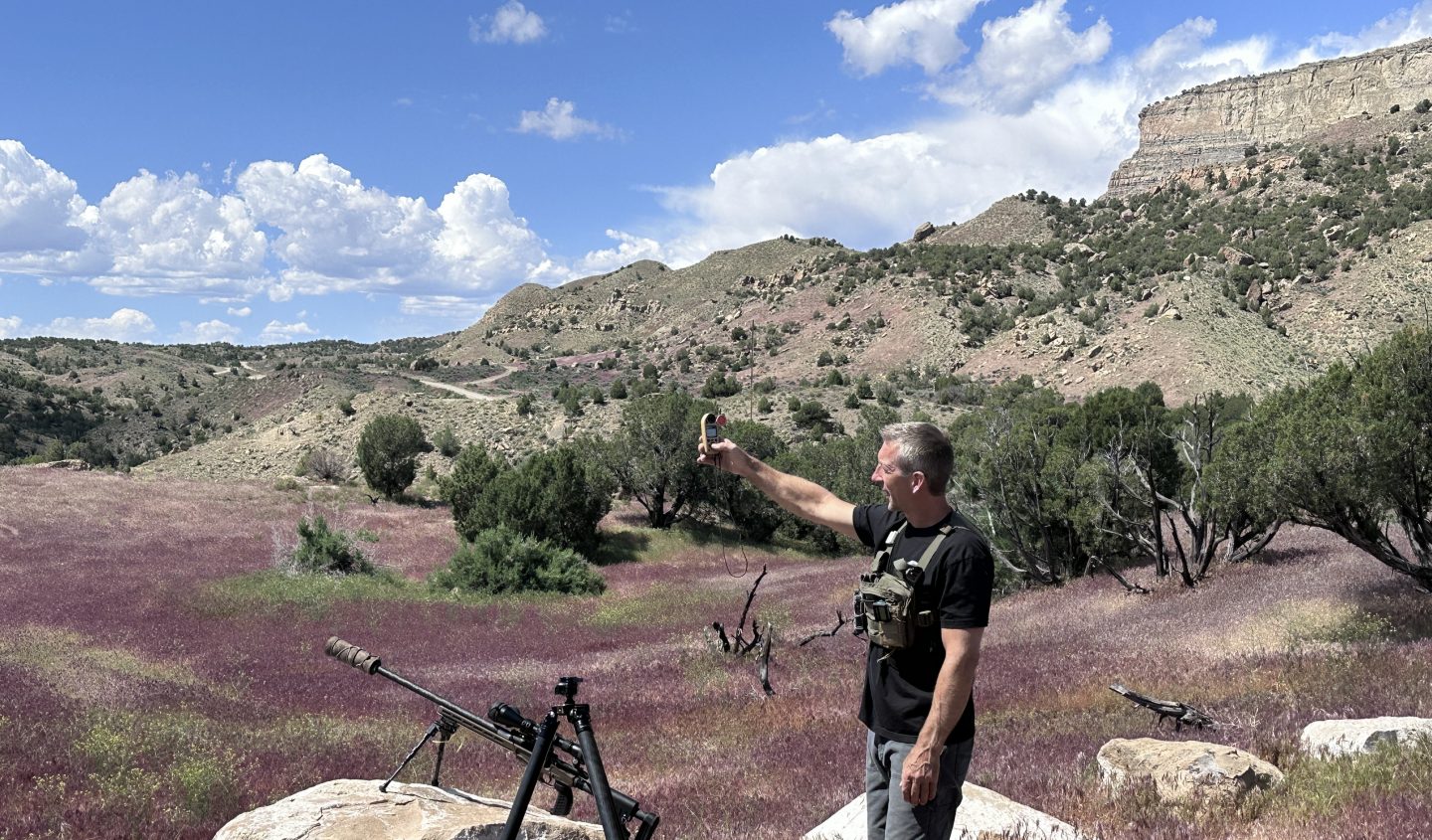Reading the wind is one of the bedrock skills of long-range shooting. It, along with range estimation and good firing technique, make up the foundation of long-range precision shooting, the base upon which nearly all advanced skills build.
In days past, making wind calls was as much art as skill, and it could only be learned by doing it. You made a guess, fired a shot, watched where it hit, and used that information to correct your estimate—rinse and repeat, until your guesses become consistent.
Luckily for modern shooters, we now have tools available to us that make this process quite a bit easier, although there is still a bit of a learning curve. A good wind meter takes much of the guesswork out of your wind calls and provides you with the information you need to true your ballistic calculator, hold for wind properly, and land more hits.
Wind Meters: What They Do and How They Work

The core function of a wind meter is simple: it tells you the speed of the wind in your vicinity. Depending on how sophisticated your meter is, it may also read wind direction, temperature, barometric pressure, altitude, humidity, and more. Some units, such as Kestrel’s 5700 Elite with Applied Ballistics, even integrate a ballistic calculator for an all-in-one unit capable of reading atmospheric conditions and then providing a firing solution.
But, like all tools, wind meters have their limitations—they can only tell you the atmospheric measurements at your location. If your target is 1200 yards away, it’s not uncommon for wind speed or direction to vary across your bullet’s flight path. This is particularly true if firing from a partially enclosed space, such as a covered firing line.
As such, wind meters are not a total substitute for soft skills and training. Instead, they augment these things with hard data that can help you refine your ability to read the wind and compensate for its effects on your shot.
How to Use Your Wind Meter

Your exact operating instructions will vary depending on your model, but all wind meters share certain best practices.
To start, get clear of any large objects that could block the wind and hold your wind meter above your head to take a reading. Both these things are necessary in order to ensure you’re getting the full value of the wind speed, rather than one reduced by your body or another object.
In some cases, you may be able to feel the wind direction easily simply from its effects on your body. In others, particularly in light breezes, the direction can be more nebulous and hard to pin down. Try turning your wind meter as you take the reading; you’ll often find that the wind speed varies as you do so. When you find the highest value, that usually means you’ve got the meter directly aligned with the wind direction.
When measuring the wind, pay attention to how it feels at the measured speed: how much it moves your hair, chills your cheek, or tugs at your clothes. This will help you develop a baseline sense of wind speed without needing to check your meter, which will be useful later on.
Wind Direction and Value

Being able to determine the direction of the wind is essential because it will directly affect your calculations. A wind that is directly perpendicular to the path of your bullet will deflect it more strongly than one that crosses it at a 45-degree angle. This is known as wind value.

A perfect tailwind is considered to have a wind value of zero, meaning it will not affect the lateral movement of your bullet. A perfect crosswind, on the other hand, has full value. Everything in between is assigned a fractional value depending on the degree of angle, as shown in the chart above.
To determine your wind hold, multiply your wind value by your wind speed. The resulting number is usually what you will enter into your ballistic calculator. Some ballistic calculators now perform this step for you, though, and include fields to enter both wind speed and wind value. In this case, enter the actual wind speed and value, of course.
Making a Wind Call

Measuring the wind with a meter and plugging the numbers into a calculator is the easy part. Making a good wind call is much harder.
At this point, you should have an idea of how far you need to hold for the conditions at hand—the problem is, those conditions are always changing, and as we mentioned above, the conditions directly proximate to you may not be the same as those along your bullet’s flight path.
Here, the art begins to diverge from the science. Firstly, pay attention to how the wind feels as you get into position and line up your shot. If the speed picks up or drops off, you’ll need to adjust your hold. You might be able to adjust on the fly to a minor change, but a significant gust will often require a new wind reading and calculation unless you want to wait for it to abate.
Next, you’ll want to use whatever environmental cues are available to you to try and get an idea of what the wind conditions are like along your bullet’s flight path. For short-to-medium range shots, this step may be unnecessary, but the longer your shot is, the more possibility it creates for those conditions to change.
Can you see it
The exact cues available to you will depend on your environment. Leaves swaying in the wind, desert dust being blown, tumbleweeds rolling, and even the drift of mirage can serve as indicators of wind speed and direction.
Take a look around you at your immediate area and use that as a baseline. Are the environmental cues near your target moving slower or faster? The same direction, or a different one? This will help indicate the relative difference in the wind conditions. For extremely long-range shots, you’ll want to evaluate as many cues as possible along the path of the bullet, not just those around your location and your target’s.
If you do detect a change, particularly a significant one, you may need to adjust your wind hold. You won’t be able to take a reading with your wind meter, of course, so this is where soft skills will start to come into play. Make your best guess using the environmental cues available to you. If you’re shooting at a range rather than in the field, you can hang flags at various points to give you consistent indicators along the bullet’s flight path.
Wrapping it Up

Making an accurate wind call is a valuable and essential skill for long-range shooters. For this, a good wind meter is a powerful tool, not only for its ability to precisely measure wind at your position for your ballistic calculator but also for its value as a training aid.
Each time you take a reading, pay attention to what that speed feels like and looks like. Take a mental note of its effect on the trees, the grass, the dirt—whatever is around you. In doing so, you slowly build up a mental database of what wind speed looks like and hone your ability to make the right call time after time.

“Check out the Primary Arms catalog of Rifle Scopes”

